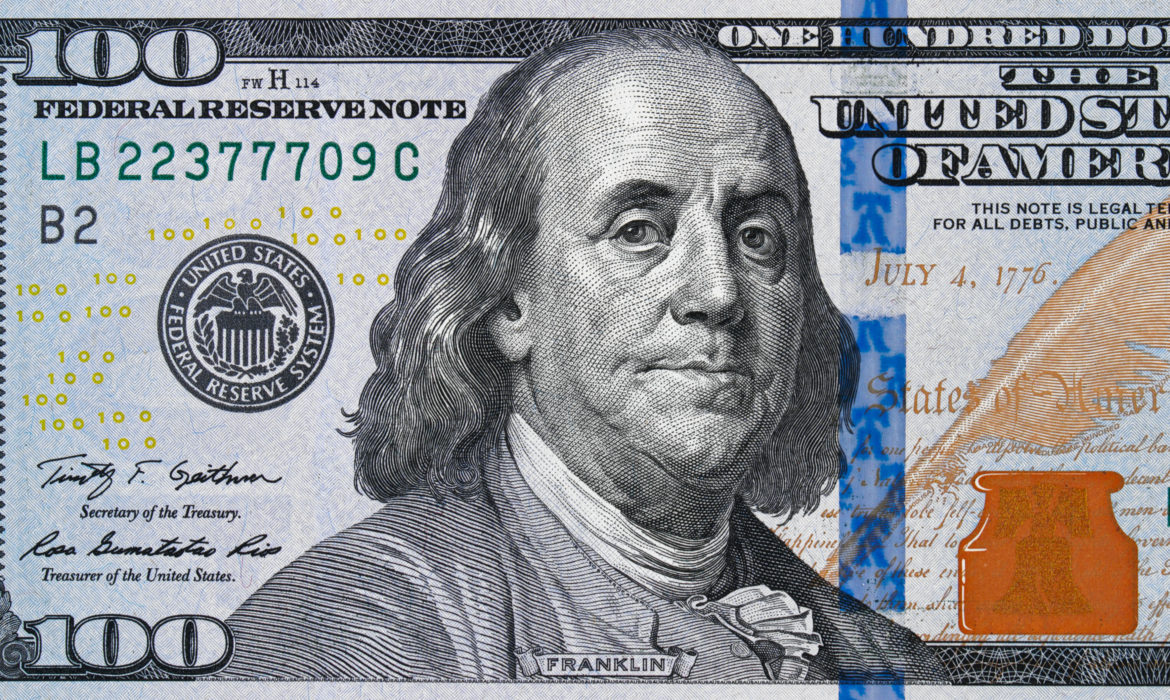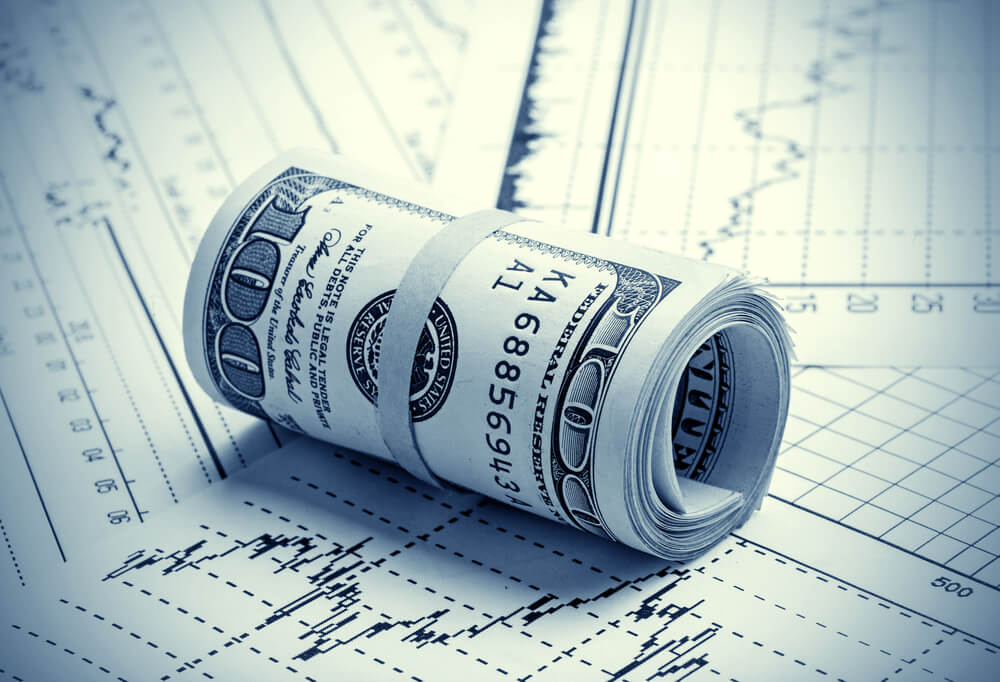On Monday, the U.S. dollar finds some support in Asia, but it struggled to post gains as investors expect it to fall even further. In the early part of the Asia session, easing commodity prices and virus outbreaks in Singapore and Taiwan – where COVID-19 had contained – helped the Dollar gain 0.2 percent against the Australian and New Zealand dollars.
Currency
In addition, the Dollar gained 0.1 % against the euro EUR=EBS and the yen JPY=EBS. It is, however, close to testing significant support thresholds, which, if broken, could result in a return to the downtrend that pushed it lower in April. The Dollar’s recent rally, which followed better-than-expected inflation data last week, has faded as traders expect the Fed to hold interest rates low.
The Dollar is currently trading at $1.2134 per euro, with support at $1.2179. The dollar index =USD is also just above direct support at 89.677 and 89.206, at 90.389. It purchased 109.45 yen and traded at $0.7758 per Australian dollar AUD. “We expect the minutes to affirm policymakers’ view that the recent increase in inflation is temporary,” said Kim Mundy, a currency strategist at Australia’s Commonwealth Bank in Sydney.
Sterling GBP=D3 hit a two-and-a-half-month peak of $1.4085 on Monday, as Britain’s economy reopened after a four-month COVID lockdown. The Dollar rose 0.1 percent against the Chinese yuan CNH= to 6.4424 ahead of industrial and retail sales data.
The Australian Dollar
The Australian Dollar has had a rough start to the week due to weaker-than-expected activity data from China. The Australian Dollar fell against the British Pound, the Euro, and the U.S. Dollar. According to new data released Monday, China’s economy slowed in April, with industrial production growth falling to 9.8% in April from 14.1 percent in March.
Given China’s great demand for Australian raw material exports, Chinese economic data is essential for the Australian Dollar. Any downturn in China’s economic growth will almost certainly affect demand for Australian iron ore, coal, and natural gas. The step higher in iron ore prices, which created a windfall for Australian exporters of the commodity, has supported Australian Dollar valuations for most of 2021. However, cracks in the commodity’s rally appeared last week, accompanied by dramatic drops in iron ore prices, prompting speculation that the rally was coming to an end.
“A possible continuation of the China-led sell-off in iron ore prices next week will be at the forefront of market interest,” says Chris Turner, Global Head of Markets and Regional Head of Research for U.K. & CEE at ING Bank N.V.














